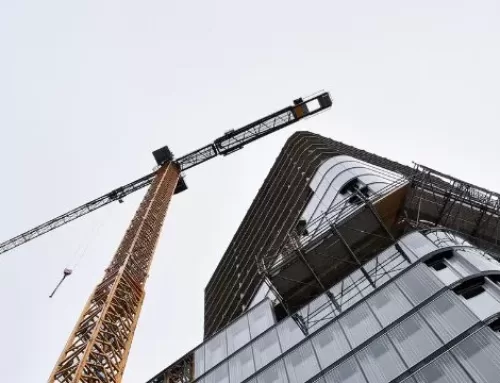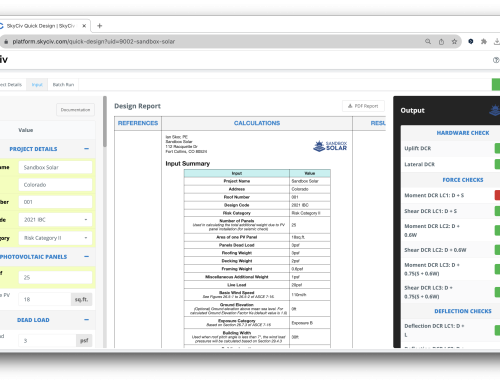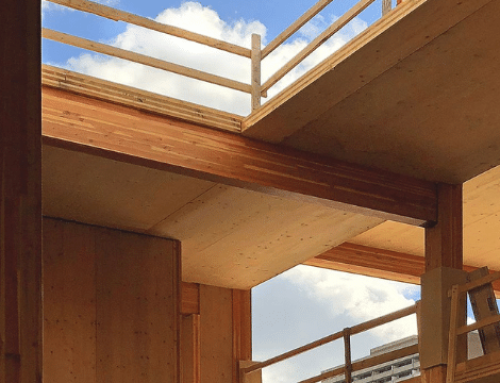In this featured project, MT Solar, a mounting solutions specialist for solar arrays, took advantage of the quick and easy modeling, analysis, and design tools offered in the SkyCiv suite to build a prototype that would be universally used throughout the United States – more on this later. The design was time sensitive and had to be flexible throughout the duration. To learn more about their innovative solutions or read about their own successes and case studies, head over to MT Solar’s website.
Project: Solar Array Cantilevered TOP-6 Mount
Type: Renewable Energy
Engineer: Lydia Fahrenkrug, MT Solar
MT Solar was founded in 2014 in Charlo, Montana and specializes in mounting solutions for solar arrays. Their founders were tired of long lead times and lack of innovation in the solar industry. They offer traditional ground and pole mounting solutions used for residential and commercial solar panel installs, with focus on end user satisfaction and easy installation . What makes them different are features including tilt adjusting to maximize solar production and ‘Hoisting’ of the array for final installation so most of the physical labor of installation (assembly, wiring, etc.,) can be completed at a safe and comfortable waist level.
About the Project
Although the solar industry is quickly expanding, not all solar array mounting needs are being met, so MT Solar tackles custom projects for customers in different industries, specifically telecommunication. Telecommunication is utilizing the power of solar to electrify their systems in addition to providing shade and protection of expensive equipment. These types of projects can have remote site locations, extreme weather conditions, exposed essential equipment, and limited access to power. The goal of this project was to create an efficient prototype for a solar array mounting system that would be used across the United States.
MT Solar used SkyCiv throughout the project process for initial project design and pricing through the final installation. For this specific project, the design was actually universal, as it needed to be installed in multiple areas in the United States to as mentioned, collect solar power and shade equipment; The scope of application of this project was very high.

Figure 1: Final construction of custom prototype
The Challenge
The initial part the project was a proof of concept leading to a prototype installation that was required before they are able to expand the mount to over 4,000 sites. The challenge with this, as with most custom projects, is generating an initial project cost and design so the project can continue through the design process to final procurement without too much of an initial investment.
“SkyCiv has been a great tool to help efficiently and clearly document and update design results for a member of a small company with multiple responsibilities.”
Throughout the design process MT Solar needed to constantly tweak and check their prototype design with the required loads as the project marched towards approval. For the installation of this custom solution, it needed to be quite different from MT Solar’s traditional product line in that it would be optimized for manufacturing, installation, and meet the custom needs of the end user.
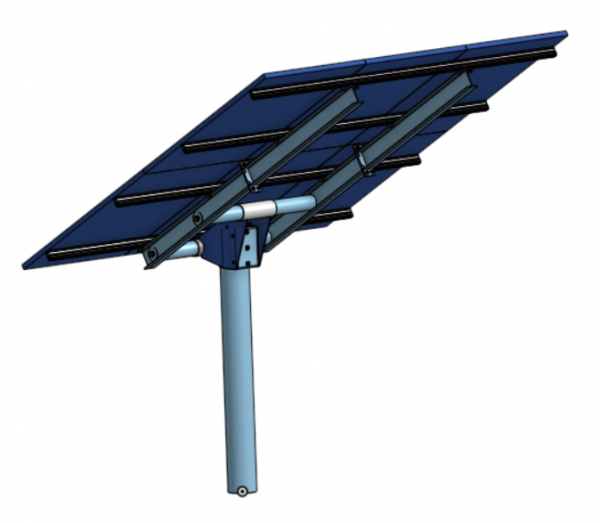
How it Was Designed
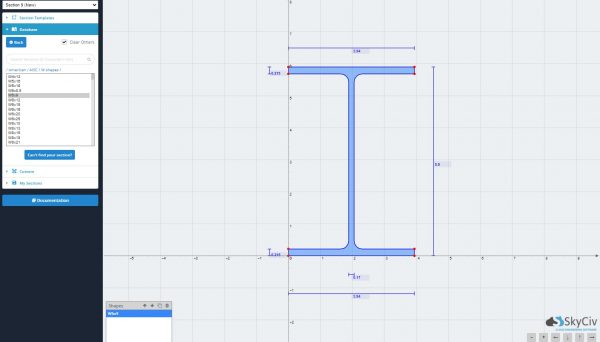
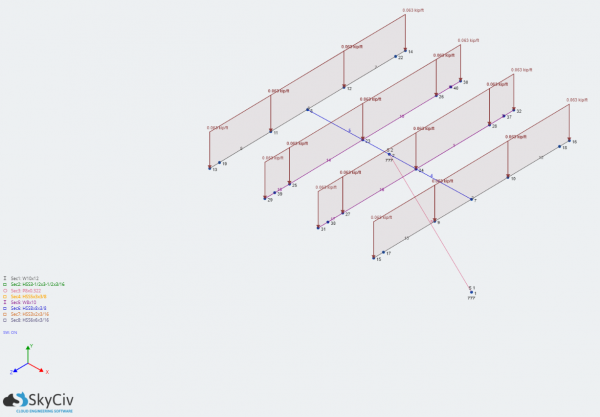
How SkyCiv Helped
SkyCiv assisted in completing this project with its cloud based solutions that allow for easy project organization from the project start (Oct. 2019) to finish (Sept. 2020). With the reports easily generated by SkyCiv, MT Solar had a professional-level deliverable that was used to back the product design, allowing the engineers to spend more time optimizing the design rather than formatting documents. Overall, the structural analysis and design model needed to be malleable enough to iterated on. SkyCiv was able to provide this need with its theme of easy to use, yet powerful software.
“The chat function in SkyCiv provides a useful tool that is readily available to answer any questions I may have.”
When asked about the one thing that helped MT Solar with their project and design, their lead engineer states:
“The best tool that SkyCiv offers is their material and section library [Section Builder], which allows users to easily optimize different components in a design.”

